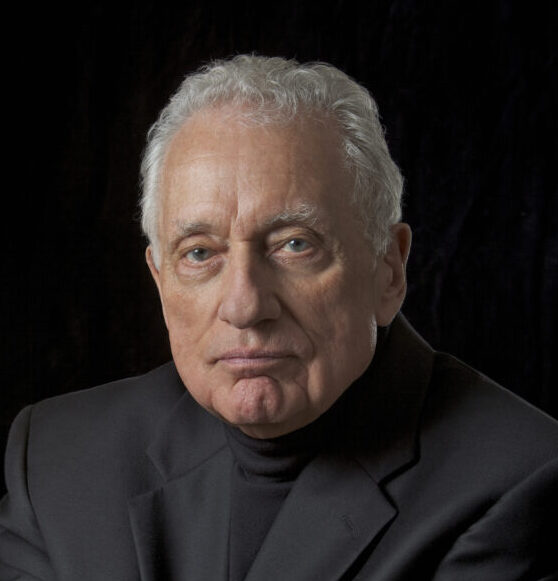
An executive search for an internal candidate happens during the executive recruitment process when the client recommends an employee of the company for the position. This recommendation is often because the client wants to conduct a broad search and believes that the internal candidate is good but wants to cover the marketplace. Sometimes, the client questions whether the internal candidate is appropriate and wants the assessment of the search firm.
Why the Internal Candidate Experience is Important
A few years ago, The Alexander Group’s Managing Director, John C. Lamar, received an email from an internal candidate we’d interviewed for a client:
“John, you and I met over a year ago during the course of my firm’s Chief Financial Officer search, where I was the internal candidate. While I was not chosen for the position, you communicated often during the course of the search and told me that, regardless of whether I was selected, I was a valuable asset. When I was not selected, you also told me that it would clearly become evident why someone else was chosen. You were spot-on in your assessment. I have learned so much from [the successful candidate] because of her many years in our industry … Thank you for your professionalism.”
All of us in the search business have conducted this type of search, where the talent assessment for leadership roles involves unique dynamics and delicate considerations. An executive search for an internal candidate requires a structured, unbiased approach to evaluating their qualifications against external contenders. This ensures the internal candidate is measured objectively, promoting fairness and transparency throughout the search.
Such searches are designed to assess skill alignment with the role and to consider the candidate’s growth potential and fit within the company’s evolving culture and strategic objectives.
By treating internal candidates with the same rigor as external applicants, an executive search firm can help clients secure the best possible talent for critical leadership roles while reinforcing the internal candidate’s value to the organization—whether or not they’re ultimately selected.
Applying Executive Hiring Best Practices to Internal Candidate Searches
Including an internal candidate in the executive search process has its benefits. The company and the employee can strengthen the relationship if the internal candidate is respected and genuinely feels assessed fairly for the open role.
However, if this process is handled indelicately, the employee can feel left out in the cold, which does not benefit the parties involved. Here is what two executives have said about their experience as an internal candidate:
A Bank President’s Disappointing Experience as an Internal Candidate
Bob, the internal candidate, commented that his inclusion as an internal candidate seemed like an afterthought. The search firm (not The Alexander Group) never provided him with a position description and did not communicate.
“While the search firm spent 90 minutes interviewing me, they had not studied my resume to determine whether or not I would be a fit with the position. It was clear they had made their mind up before the process started. The first question I was asked was ‘Why did you choose Notre Dame for college?’ This is not a question you ask a 57-year-old man.”
He never heard from the search firm again, even after an external candidate was selected for the position. Bob believes neither the holding company nor the search firm treated him well.
Fortune 50 Compliance VP’s Positive Internal Candidate Experience
Paula learned about the internal opportunity directly from the hiring manager. The hiring manager responded back very positively that he would be happy to have her added to the candidate slate and that she would be contacted by the search firm handling the search. Paula was interviewed in person by the search firm and was pleased with the time spent to assess her potential candidacy. She applauded the search firm’s efforts to understand the newly created role within the company.
While Paula was not selected for the role, she remains extremely supportive of the hiring manager and believes that being included in the interview process has only improved her visibility in the company for other positions.
The Alexander Group prioritizes building enduring relationships with both clients and candidates. Paula experienced a process similar to ours, where clear communication and thorough assessment ensure the internal candidate feels valued and respected throughout the executive search. This approach strengthens the bond between the company and its employees and enhances the overall success of our executive search for an internal candidate.
Internal vs. External Executive Candidates
There are several things that an executive search firm can do to improve the internal candidate’s experience:
- Communicate often and clearly, and do not assume that the client will communicate the progress and process of the search with the candidate;
- Submit internal candidates to the same process as external candidates (i.e., if you are traveling to see external candidates, you should travel to see internal candidates);
- Spend time objectively assessing the internal candidate’s resume in line with the position and communicate to them that you are looking for the best candidate—internal or external; and
- Make the internal candidate feel “special” to be selected as an internal candidate and treat them accordingly.
We believe an internal candidate who has gone through a rigorous, unbiased interview process—and is selected—will enter the role with confidence that they are, indeed, the most qualified person for the position. If they don’t get the role, then they know they played on a level playing field and, from a career development perspective, will be even more prepared for the next opportunity.
At The Alexander Group, we are paid for the process, not the person. If the client recommends an internal candidate, she or he is just as much our candidate as any external talent we identify. Ignore the internal candidate, and you run the risk of missing out on a great talent, and possibly, a future client.Ensure your executive search process reflects the highest standards of fairness and professionalism. Contact The Alexander Group to discuss how we can help you identify and assess top talent within and beyond your organization.














